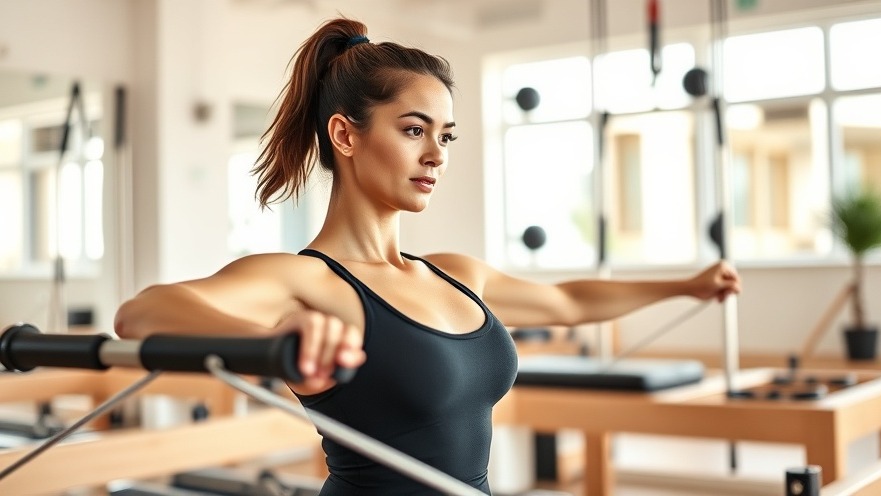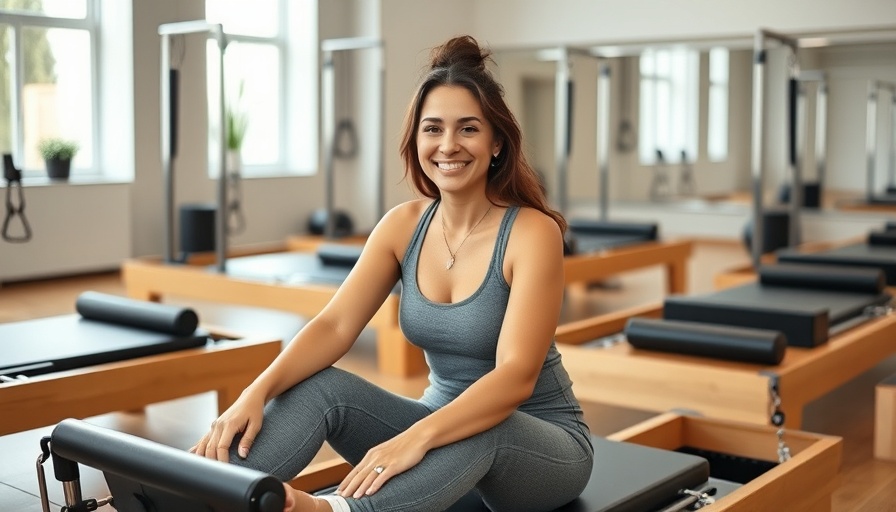
The Resurgence of Reformer Fitness: A Modern Opportunity
In recent years, reformer-based fitness classes have surged in popularity, transforming the way many perceive Pilates and fitness as a whole. Elegant studios filled with reformers present high-energy, exciting workouts that engage a wide variety of participants, prompting instructors to reassess the value of these classes. For classical Pilates professionals, this trend might appear to undermine the fundamental principles established by Joseph Pilates. Yet, it presents an opportunity rather than a dilution of his vision.
Reformer Classes: A Gateway to Classical Pilates
Many people today first encounter Pilates not through traditional methods but through the vibrant atmosphere of group reformer sessions marketed on social media. These classes offer an inviting entry point for newcomers who may have previously felt intimidated by conventional gym settings. In essence, they spark a curiosity in potential students, drawing them closer to the real essence of Pilates.
Experienced classical instructors can meet these fitness enthusiasts at this fresh entry point. By integrating their foundational knowledge into contemporary class settings, instructors can elevate the experience, introducing students to the vital principles of Pilates, such as breath, control, and precision.
The Innovative Spirit of Joseph Pilates
It’s essential to remember that Joseph Pilates himself was a visionary intent on using his inventions, including the reformer, as tools for empowerment. His goal was to enhance movement and foster healing, not to restrict physical expression. Today’s reformer classes, although distinct in their choreographed approach, still utilize this powerful tool for nourishing the body.
By applying classical principles to modern reformer fitness, instructors can enrich students’ experiences, guiding them toward understanding both the physical and philosophical depth of Pilates. This blend ensures that the transformative benefits of Pilates endure amidst evolving class offerings.
Bridging Divides for a Stronger Community
An essential step for instructors lies in promoting an inclusive Pilates community rather than resorting to competition or separation. Many reformer class attendees seek intense workouts, but their return often hinges not just on calories burned, but on the profound sense of well-being that Pilates can foster.
This is where qualified classical trainers can shine by developing workshops, offering private sessions, or providing gentler-paced "Pilates Essentials" classes in reform-based settings. By nurturing a strong connection with students, classical instructors can help convert casual interest into dedication, creating a space where newcomers can thrive.
Building Bridges, Not Barriers
Ultimately, the Pilates community has much to gain from embracing this alignment between classical and reformer-based classes. Instead of viewing modern adaptations as threats to the classical method, instructors have a unique opportunity to preserve and enhance its essence. By fostering education and collaboration, classical teachers can ensure that Pilates continues to inspire and empower generations to come.
The path ahead is about connecting—educating rather than isolating. As classical instructors recognize this potential, they're not just preserving a tradition; they're actively shaping the future of Pilates fitness.
 Add Row
Add Row  Add
Add 




Write A Comment